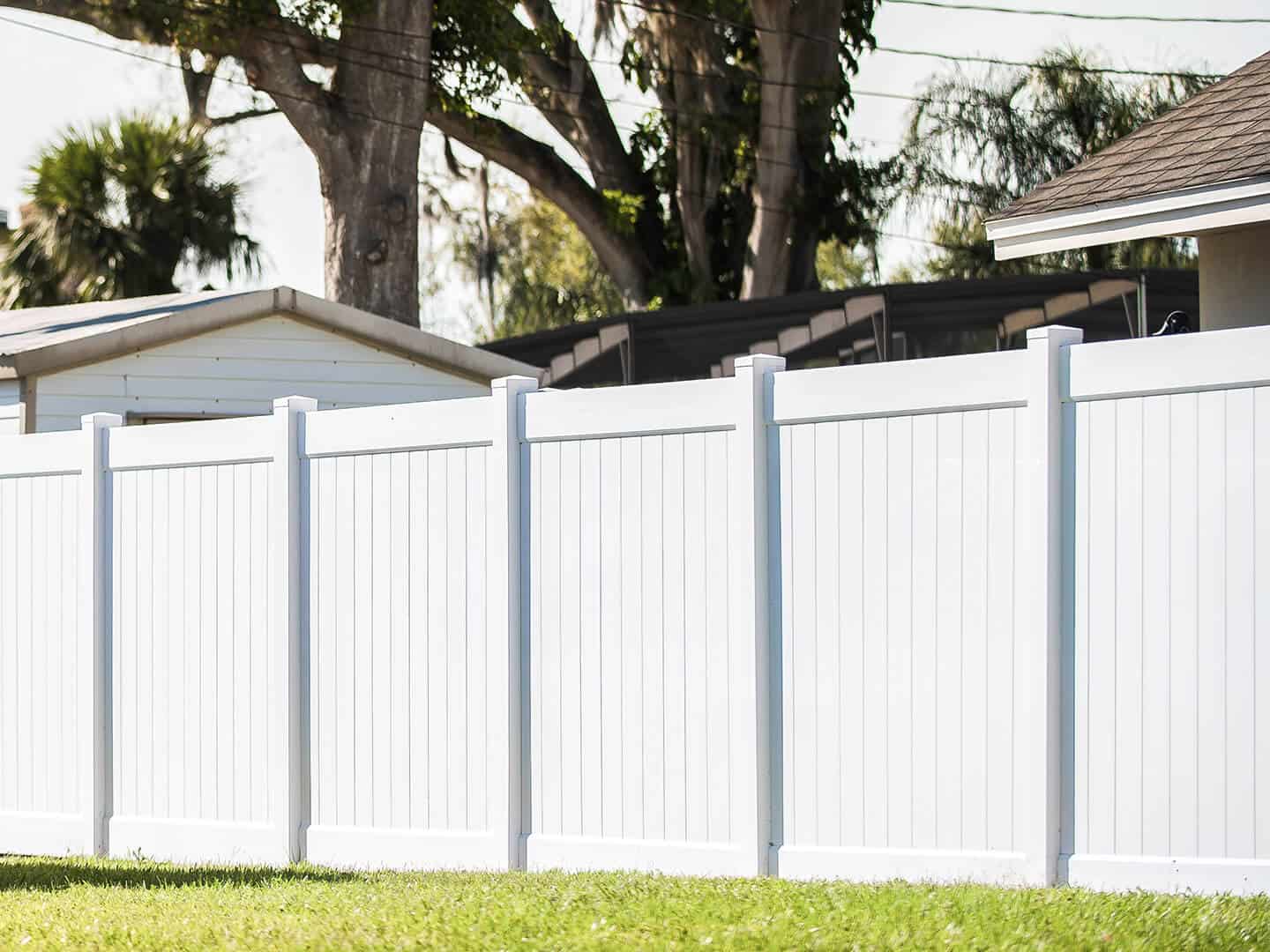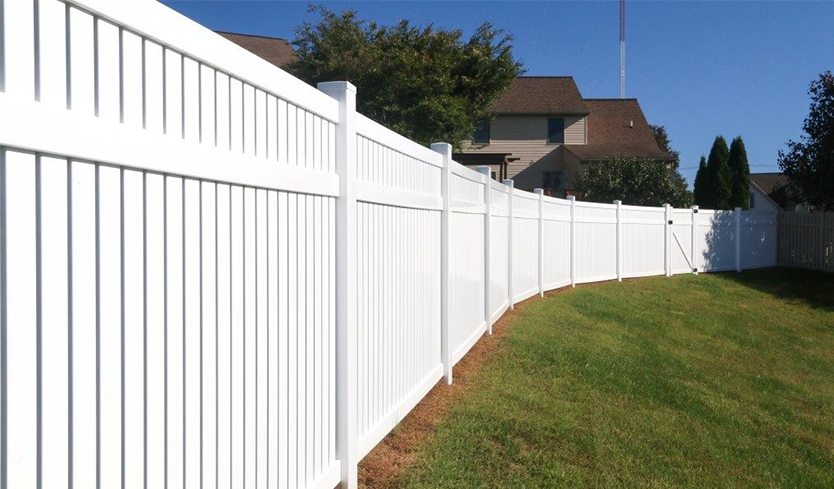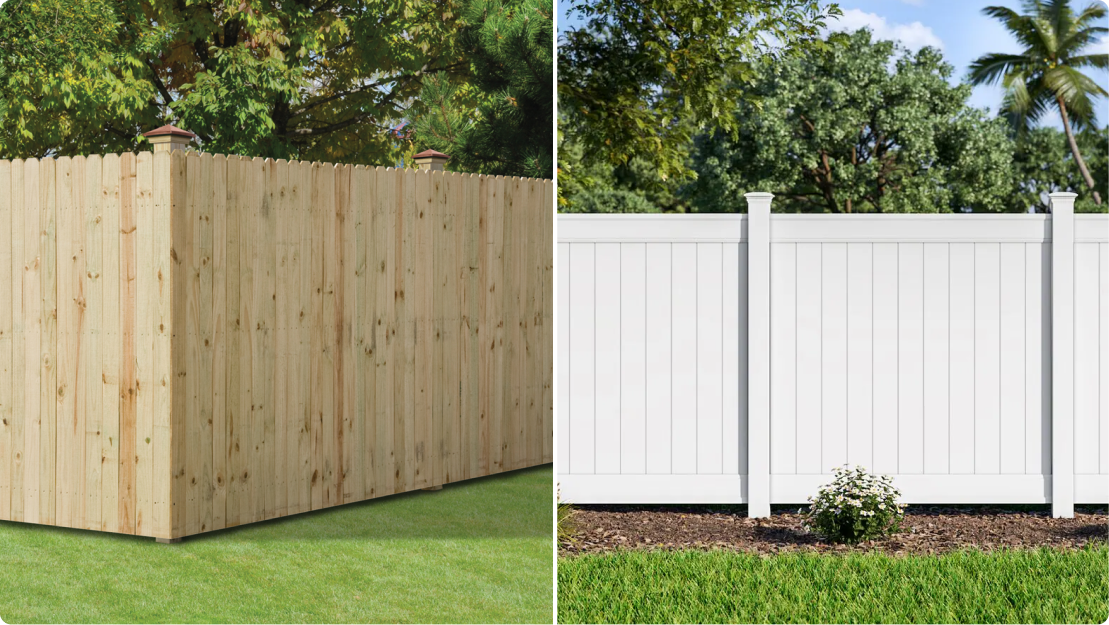Restoring Comfort and Value with Old Window Replacement

The wear and tear of time show up clearly on older homes, and one of the most common issues homeowners face is aging windows. Windows that once provided beauty, insulation, and security can become sources of drafts, noise, and even higher energy bills. Old window replacement is more than just a home improvement project—it’s an essential step in preserving the structural integrity, efficiency, and charm of a home.
Signs That It’s Time to Replace Aging Windows
Homeowners often delay replacing windows until problems become impossible to ignore. Drafts sneaking through closed windows, rising utility costs, and moisture forming between panes are all signs that the existing windows are no longer performing their job. Wooden frames may rot, metal frames may rust, and warped components can make windows difficult to open or seal properly. These issues aren’t just inconveniences; they directly impact indoor comfort and energy use.
Another telling sign is the appearance of windows. Faded finishes, peeling paint, and cracked glass diminish the home’s aesthetic appeal. While some homeowners are tempted to restore old windows for historical charm, many find that modern replacements can be made to replicate older styles while offering the benefits of newer materials. Old window replacement, in this case, provides the best of both worlds: aesthetic continuity with enhanced performance.
Benefits of Replacing Old Windows for Today’s Homes
Replacing old windows can bring immediate and long-lasting advantages. One of the most noticeable improvements is in energy efficiency. Modern windows are designed with insulated glass, tight seals, and energy-reflective coatings that help maintain indoor temperatures. This translates to more consistent indoor comfort throughout the year and reduced heating and cooling costs.
Noise reduction is another advantage many homeowners appreciate after investing in old window replacement. Older single-pane windows often allow outdoor sounds to enter the home freely. Replacements with double or triple-pane glass offer sound-dampening properties that contribute to a more peaceful living space, especially in busy neighborhoods or near roads.
Security and safety also improve with updated windows. Modern locks, tempered glass, and sturdy frames offer better protection against break-ins and accidents. For homes with children, many replacement window designs now include features that prevent them from opening too wide, adding an extra layer of safety.
Beyond functionality, window replacements can elevate a home’s appearance. With countless frame materials, colors, and architectural styles available, it’s possible to customize windows that reflect the homeowner’s taste while blending seamlessly with the house’s existing design. Whether preserving a vintage façade or modernizing a dated structure, new windows offer flexibility in design.
Choosing the Right Materials and Styles for Lasting Results
Selecting the right windows requires thoughtful consideration of material, performance, and design. Vinyl windows are a popular option due to their affordability, low maintenance, and durability. They resist warping and are available in many finishes that mimic traditional materials. Fiberglass and composite frames offer excellent strength and energy efficiency, making them suitable for various climates and architectural styles.
Wood frames appeal to homeowners looking for a classic or historic look. Though they require more upkeep, modern wood windows are often clad with aluminum or vinyl exteriors to increase durability without sacrificing charm. Aluminum frames, while less common in residential settings today, are valued for their strength and slim profiles.
Glazing options also matter when planning old window replacement. Double-pane glass with inert gas fillings can greatly reduce heat transfer. Low-emissivity (Low-E) coatings further improve energy efficiency by reflecting heat away during summer and retaining it during winter.
Style is just as important. Casement, double-hung, picture, and bay windows each offer distinct advantages and aesthetics. Matching new windows with the home’s architectural character ensures a cohesive look and preserves curb appeal. In historic neighborhoods, homeowners often seek options that meet local preservation guidelines, which many manufacturers now accommodate with historically accurate designs.
Planning and Executing a Smooth Window Replacement Process
Replacing old windows is a multi-step process that begins with assessment. A professional inspection helps identify which windows are beyond repair and what performance issues need addressing. Measurements must be precise to ensure replacements fit perfectly, preventing air leakage and structural issues.
Homeowners should also consider timing. Window replacement is typically best performed during mild weather, allowing for faster installation and minimal disruption. In regions with extreme weather, scheduling the work during spring or fall can help avoid complications.
The installation team plays a major role in the overall success of an old window replacement project. Experienced contractors ensure that the job is done correctly, from removing old units to sealing new ones tightly. Improper installation can negate the benefits of even the highest-quality windows, so choosing qualified professionals is essential.
Proper disposal of old windows is another consideration. Many companies offer recycling or environmentally responsible disposal services. For homeowners interested in sustainability, researching options that minimize waste or reuse materials may be part of the process.
After installation, maintenance becomes minimal with most modern windows. Occasional cleaning and inspections for seal integrity are usually all that’s needed. Depending on the type of frame, occasional touch-ups or lubrication of moving parts may also help extend their lifespan.





